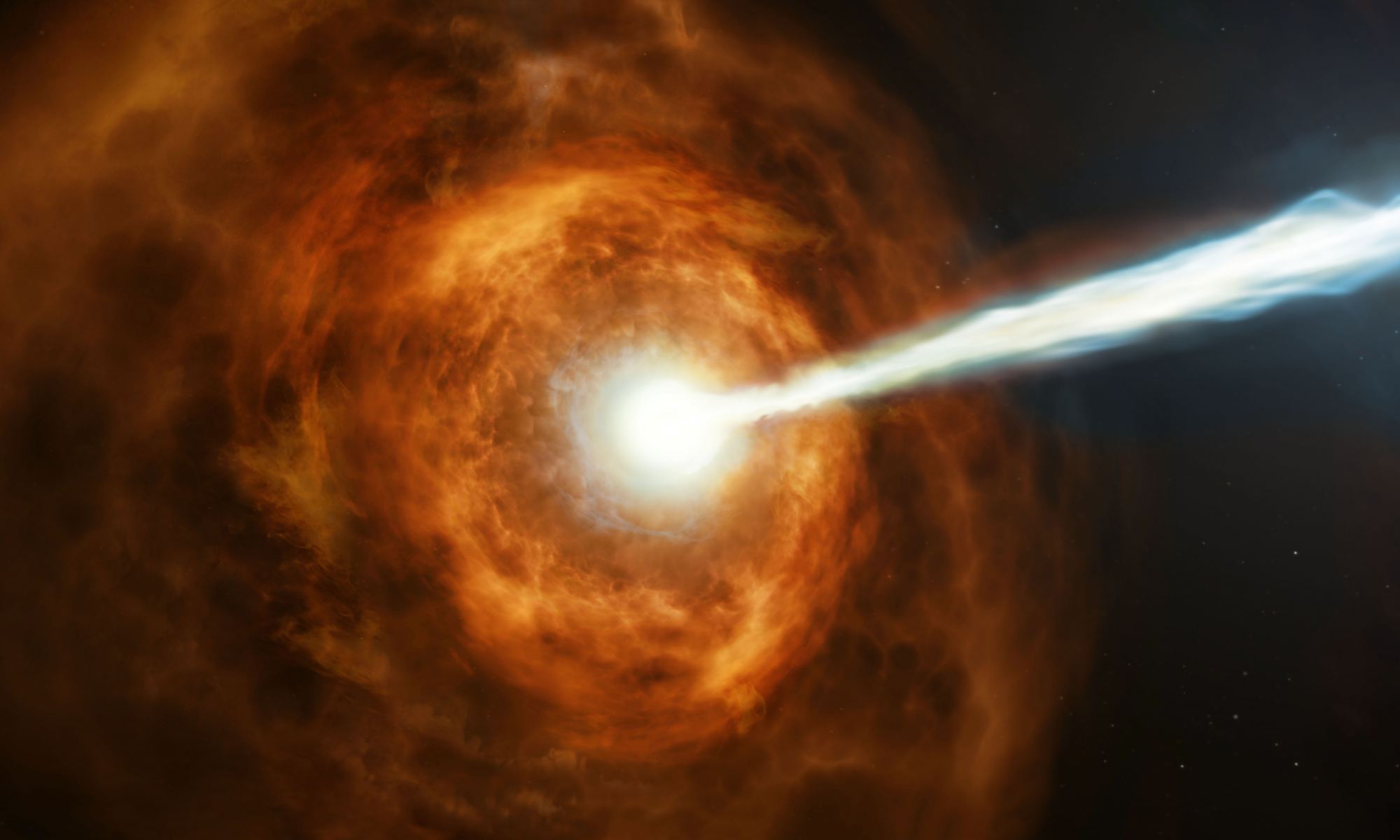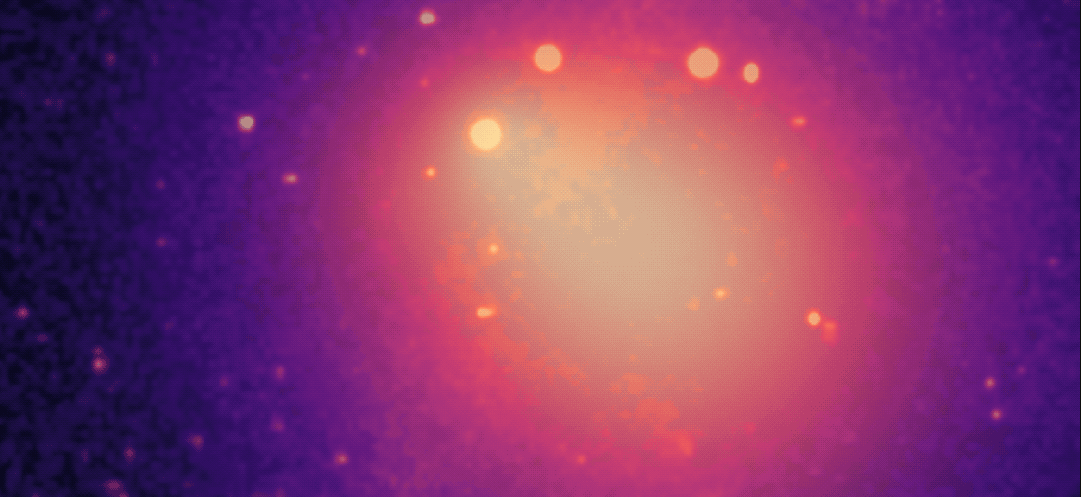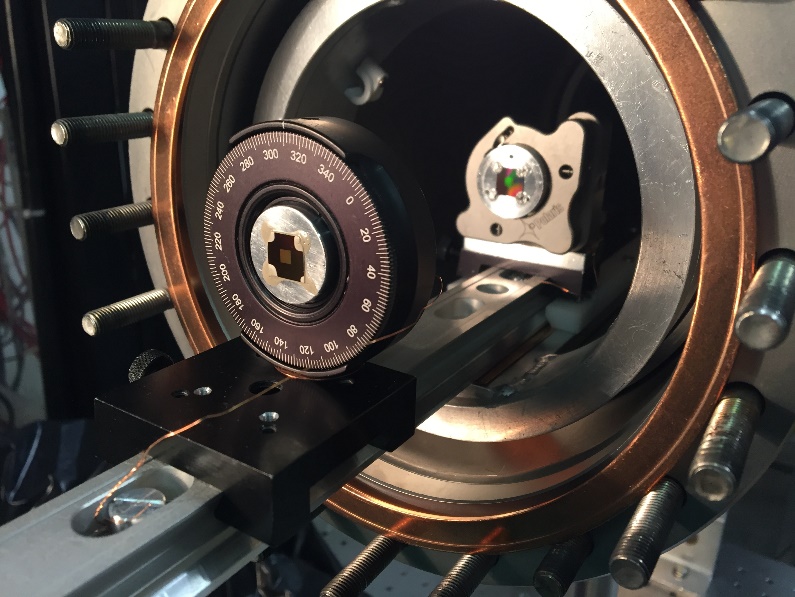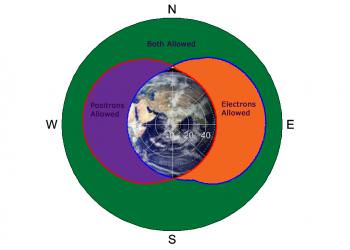Lighting has always been a source of awe and mystery for us lowly mortals. In ancient times, people associated it with Gods like Zeus and Thor, the fathers of the Greek and Norse pantheons. With the birth of modern science and meteorology, lighting is no longer considered the province of the divine. However, this does not mean that the sense of mystery it carries has diminished one bit.
For example, scientists have found that lightning occurs in the atmospheres of other planets, like the gas giant Jupiter (appropriately!) and the hellish world of Venus. And according to a recent study from Kyoto University, gamma rays caused by lighting interact with air molecules, regularly producing radioisotopes and even positrons – the antimatter version of electrons.
The study, titled “Photonuclear Reactions Triggered by Lightning Discharge“, recently appeared in the scientific journal Nature. The study was led by Teruaki Enoto, a researcher from The Hakubi Center for Advanced Research at Kyoto University, and included members from the University of Tokyo, Hokkaido University, Nagoya University, the RIKEN Nishina Center, the MAXI Team, and the Japan Atomic Energy Agency.
For some time, physicists have been aware that small bursts of high-energy gamma rays can be produced by lightning storms – what are known as “terrestrial gamma-ray flashes”. They are believed to be the result of static electrical fields accelerating electrons, which are then slowed by the atmosphere. This phenomenon was first discovered by space-based observatories, and rays of up to 100,000 electron volts (100 MeV) have been observed.
Given the energy levels involved, the Japanese research team sought to examine how these bursts of gamma rays interact with air molecules. As Teruaki Enoto from Kyoto University, who leads the project, explained in a Kyoto University press release:
“We already knew that thunderclouds and lightning emit gamma rays, and hypothesized that they would react in some way with the nuclei of environmental elements in the atmosphere. In winter, Japan’s western coastal area is ideal for observing powerful lightning and thunderstorms. So, in 2015 we started building a series of small gamma-ray detectors, and placed them in various locations along the coast.”
Unfortunately, the team ran into funding problems along the way. As Enoto explained, they decided to reach out to the general public and established a crowdfunding campaign to fund their work. “We set up a crowdfunding campaign through the ‘academist’ site,” he said, “in which we explained our scientific method and aims for the project. Thanks to everybody’s support, we were able to make far more than our original funding goal.”
Thanks to the success of their campaign, the team built and installed particle detectors across the northwest coast of Honshu. In February of 2017, they installed four more detectors in Kashiwazaki city, which is a few hundred meters away from the neighboring town of Niigata. Immediately after the detectors were installed, a lightning strike took place in Niigata, and the team was able to study it.
What they found was something entirely new and unexpected. After analyzing the data, the team detected three distinct gamma-ray bursts of varying duration. The first was less than a millisecond long, the second was gamma ray-afterglow that took several milliseconds to decay, and the last was a prolonged emission lasting about one minute. As Enoto explained:
“We could tell that the first burst was from the lightning strike. Through our analysis and calculations, we eventually determined the origins of the second and third emissions as well.”
They determined that the second afterglow was caused by the lightning reacting with nitrogen in the atmosphere. Essentially, gamma rays are capable of causing nitrogen molecules to lose a neutron, and it was the reabsorption of these neutrons by other atmospheric particles that produced the gamma-ray afterglow. The final, prolonged emission was the result of unstable nitrogen atoms breaking down.
It was here that things really got interesting. As the unstable nitrogen broke down, it released positrons that then collided with electrons, causing matter-antimatter annihilations that released more gamma rays. As Enoto explained, this demonstrated, for the first time that antimatter is something that can occur in nature due to common mechanisms.
“We have this idea that antimatter is something that only exists in science fiction,” he said. “Who knew that it could be passing right above our heads on a stormy day? And we know all this thanks to our supporters who joined us through ‘academist’. We are truly grateful to all.”
If these results are indeed correct, than antimatter is not the extremely rare substance that we tend to think it is. In addition, the study could present new opportunities for high-energy physics and antimatter research. All of this research could also lead to the development of new or refined techniques for creating it.
Looking ahead, Enoto and his team hopes to conduct more research using the ten detectors they still have operating along the coast of Japan. They also hope to continue involving the public with their research, a process that goes far beyond crowdfunding and includes the efforts of citizen scientists to help process and interpret data.
Further Reading: University of Kyoto, Nature, NASA Goddard Media Studios








